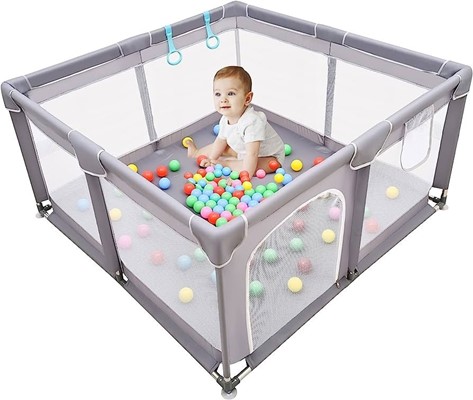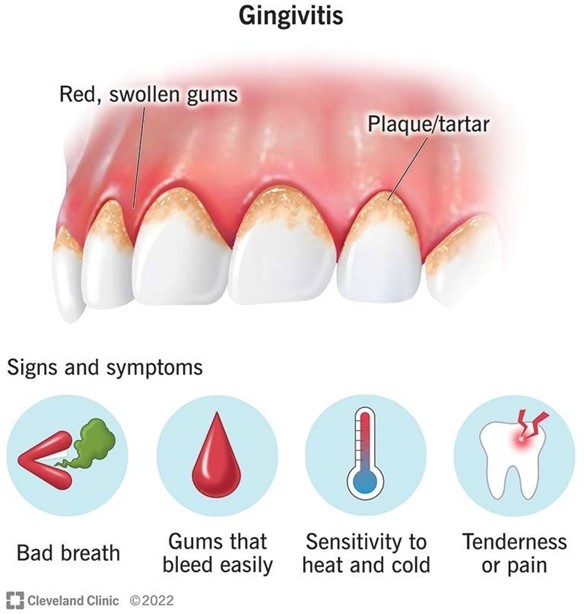The practical nurse (PN) is told that she keeps her 2-year-old child in a playpen so he will not get dirty. Which statement should the PN use in responding to this concern about using a playpen?
Overconcern about appearance can be harmful.
Playpens provide a sense of security for the child.
Playpens provide a safe environment for a toddler.
Children need time to actively explore their environment.
The Correct Answer is D
- A playpen is a portable enclosure that provides a confined space for a child to play in. It can be useful for keeping a child safe and supervised when the caregiver is busy or needs a break, but it should not be used as a substitute for active play or interaction with the caregiver or others.
- A 2-year-old child is in the developmental stage of toddlerhood, which is characterized by rapid physical, cognitive, social, and emotional growth. Toddlers are curious and eager to learn about the world around them, and they need opportunities to explore, experiment, and manipulate objects and materials. They also need stimulation, guidance, and feedback from their caregivers and peers to develop their language, problem-solving, and social skills.
- Keeping a 2-year-old child in a playpen for long periods of time or to prevent them from getting dirty can have negative effects on their development and well-being. It can limit their physical activity, creativity, and independence, and it can cause boredom, frustration, or resentment . It can also interfere with their attachment and bonding with their caregiver, as well as their self-esteem and self-image.
- Therefore, the practical nurse (PN) should use the statement "Children need time to actively explore their environment" in responding to this concern about using a playpen. This statement reflects the developmental needs and rights of the child, and it encourages the caregiver to provide a more stimulating and supportive environment for the child. It also implies that getting dirty is not a problem, but rather a natural and healthy part of play and learning.
- Therefore, option D is the correct answer, while options A, B, and C are incorrect. Option A is incorrect because it is judgmental and may offend or discourage the caregiver.

Nursing Test Bank
Naxlex Comprehensive Predictor Exams
Related Questions
Correct Answer is A
Explanation
In this scenario, the dentist is increasing the amount of dairy products in her diet with the aim of reducing the risk of gingivitis due to her family history of cancer. However, the practical nurse (PN) should respond by suggesting that an increase in fruits and vegetables would be more beneficial.
Fruits and vegetables are rich in essential vitamins, minerals, and antioxidants, which can help support overall oral health and reduce the risk of gingivitis. They provide a wide range of nutrients that are important for maintaining healthy gums and teeth.
While dairy products can contribute to overall dental health due to their calcium content, they should not be solely relied upon as the primary means of preventing gingivitis or reducing the risk of cancer. A well- rounded and balanced diet, including plenty of fruits and vegetables, is essential for optimal oral health.
Options b, c, and d are not directly related to the dentist's concern about gingivitis and the increased consumption of dairy products. Encouraging exercise (option b) is generally beneficial for overall health, but it does not specifically address gingivitis. Reminding the client to ensure dairy products are fortified with vitamin D (option c) is not necessary in this context, as the focus is on preventing gingivitis rather than addressing vitamin D deficiency. Providing written information about the warning signs of cancer (option d) is not directly relevant to the dentist's current situation and concern about gingivitis.

Correct Answer is D
Explanation
Choice A reason:
Instructing the UAP in the correct removal of contaminated gloves focuses only on one aspect of the PPE removal process. While it is important to remove gloves correctly to prevent contamination, this choice does not address the comprehensive handling of all isolation attire. Proper PPE removal involves multiple steps, including the removal of gowns, masks, and gloves in a specific order to minimize the risk of contamination.
Choice B reason:
Reminding the UAP to remove the gown before removing gloves addresses part of the PPE removal process but not the entire procedure. The correct sequence for removing PPE is crucial to prevent self-contamination. However, this choice does not ensure that all steps are followed correctly. The PN needs to confirm that the UAP understands and correctly performs the entire process, not just one step.
Choice C reason:
Advising the UAP to remove the mask after exiting the room is incorrect because masks should be removed before leaving the isolation room to prevent contamination of the environment outside the isolation area. Droplet precautions require that masks be removed inside the room to contain any infectious agents within the isolation area. This choice could lead to the spread of infection if not followed correctly.
Choice D reason:
Confirming that the UAP has correctly handled the isolation attire ensures that all steps in the PPE removal process are followed correctly. This comprehensive approach helps maintain infection control standards and prevents the spread of infectious agents. By verifying that the UAP has correctly removed and disposed of all PPE, the PN ensures that the UAP adheres to proper protocols, thereby protecting both the healthcare workers and other clients.
Whether you are a student looking to ace your exams or a practicing nurse seeking to enhance your expertise , our nursing education contents will empower you with the confidence and competence to make a difference in the lives of patients and become a respected leader in the healthcare field.
Visit Naxlex, invest in your future and unlock endless possibilities with our unparalleled nursing education contents today
Report Wrong Answer on the Current Question
Do you disagree with the answer? If yes, what is your expected answer? Explain.
Kindly be descriptive with the issue you are facing.
